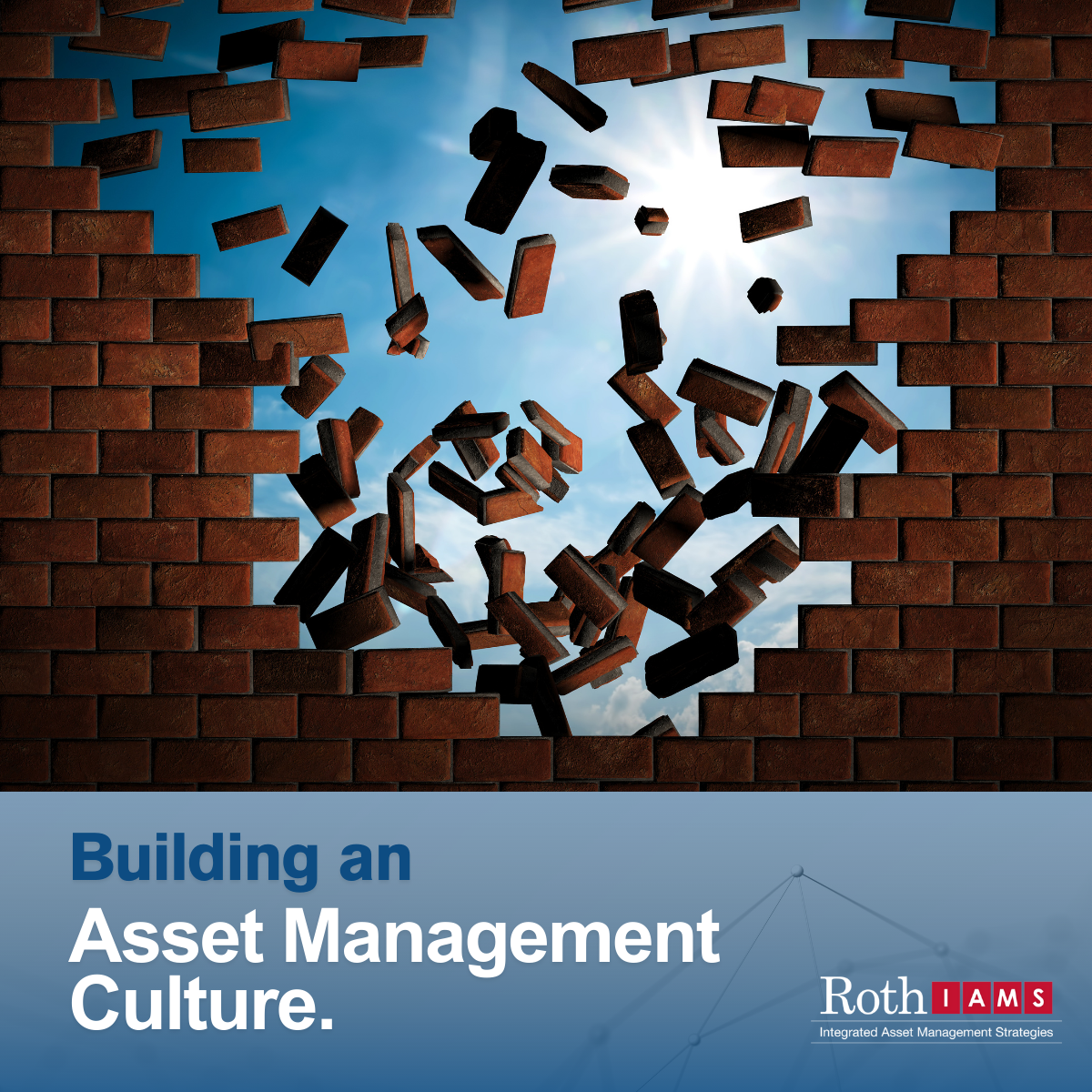Welcome back to our blog series on Building an Asset Management (AM) Culture. Last week, we talked about why executive buy-in is critical to the success of any AM program. Today we are going to talk about the need to break down silos within your organization to enhance your AM plans.
If your facilities team is working in isolation from finance, planning, IT, and your end users, you’re not managing your assets, you’re reacting to them.
Effective asset management requires a collaborative approach. We’ve worked with countless organizations where departmental silos lead to missed opportunities for improvement of your facilities, reactive spending, overspending and additional disruption and frustration for your facility users.
Departments like Finance and Facilities often have different perspectives, priorities, and speak different languages. Planners think in decades, while budget officers think in fiscal cycles. Operations teams think in terms of uptime and repairs. Bridging these gaps is not just possible, it’s imperative.
The first step is to learn to communicate effectively. Once you are speaking the same language, it is critical to find common ground in terms of goal setting and priorities. Every department wants to deliver value, reduce risk, and stay ahead of problems. Asset management provides a framework that connects all goals and aligns with overall organizational objectives and priorities. Shared tools like lifecycle costing, risk-based prioritization, and facility condition indices give everyone the same starting point.
Too many times we have heard a client say, “Once Old Joe (or insert name of person that doesn’t buy in) retires, we can get down to the business of collaboration.” Breaking down silos is really just another term for cross-department collaboration, which always begins and ends with people.
Here are a few strategies that we have seen clients use to change staff behavior and begin to break down interdepartmental silos:
• Establish an Asset Management Steering Committee with cross-departmental membership, giving everyone a chance to be heard, express their opinions, and gain a sense of ownership/accountability.
• Use shared dashboards or platforms to provide real-time views of data that is relevant to multiple departments.
• Create joint scorecards so that organizational success outweighs departmental success.
• Tying into last week’s post, senior leaders must also hold staff accountable for collective success and the behaviors that support it.
You can’t build a strong and sustainable asset management culture without collaboration. As Ronald Reagan once said, “Mr. Gorbachev, Tear Down This Wall”.




